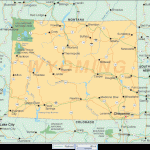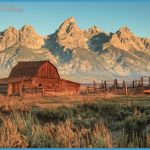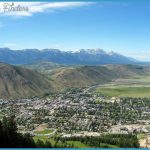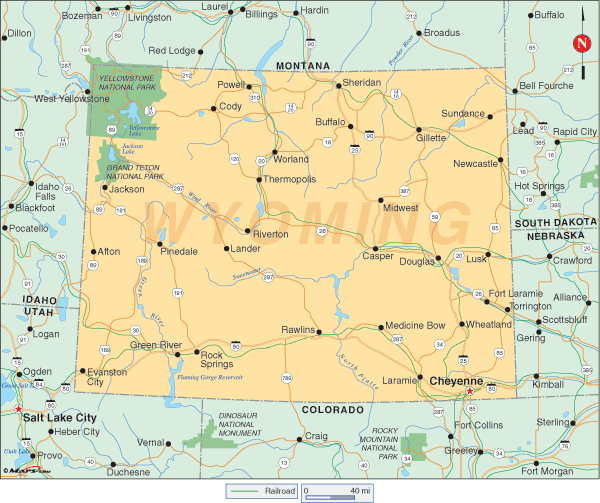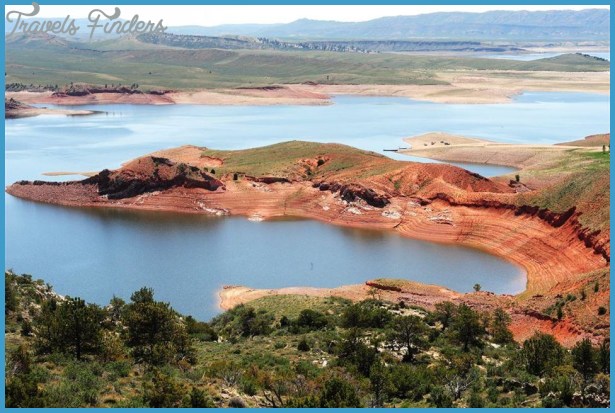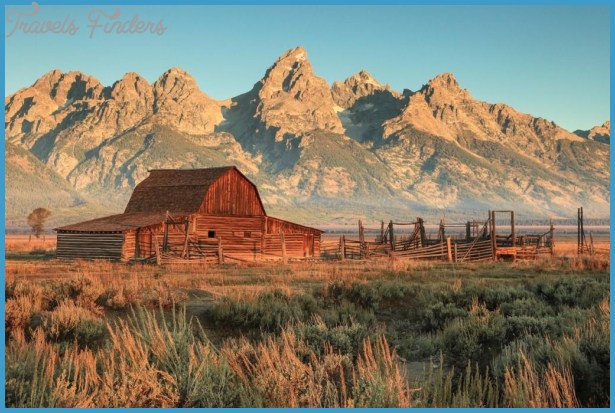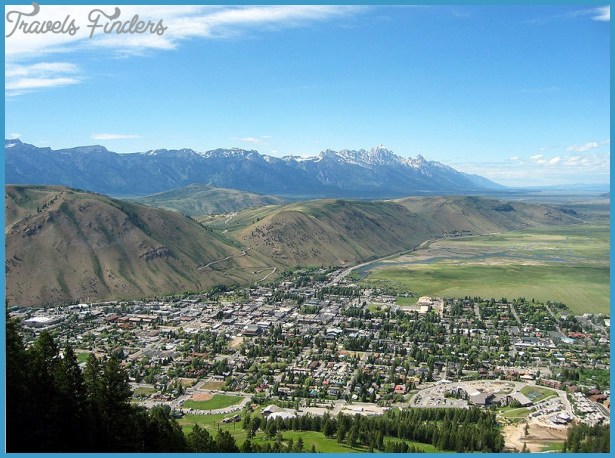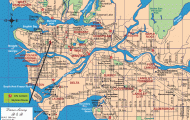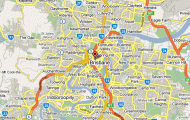Wyoming Livestock Industry
At the end of the 1830s, early Wyoming settlers increasingly looked to raising livestock as a viable economic activity. Spaniards had introduced longhorn cattle to Texas more than a century earlier, where they had increased exponentially by the time of Anglo arrival in 1821. A merger of Mexican and southern Anglo cattle traditions moved northward with the great Texas cattle drives to key railroad towns on the Great Plains. Many Texas cattle also found their way to midwestern points of origin to meet the requests of migrants traveling to Utah, California, and Oregon. This mid-nineteenth-century overland migration passed directly through southern and central Wyoming, spurring settlement and economic development. This brought about plans for the transcontinental railroad, which was built across southern Wyoming in the 1860s. As so-called civilization moved westward, Cheyenne became the hub of a regional cattle distribution system that was supplied with Texas cattle up until 1885. It is estimated that that one-third of the vaqueros driving cattle north from Texas were Mexican or black.
By the mid-sixteenth century, sheep had found their way into New Mexican pastures and like the Spanish Mexican vaquero culture, borreguero (sheep-herder) culture spread north, east, and westward as sheep became a much-needed commodity for the great migration across Wyoming. Borregueros and their families played a pivotal role in the mid-nineteenth-century development of Latino communities. Carbon County became an early point of destination for many New Mexican borregueros, with later generations of borregueros coming to Wyoming indirectly from Mexico and Colorado. Due to the seasonal nature of work in the cattle and sheep industries, many Mexican vaqueros and borregueros turned to employment in the developing railroad, mining, and agricultural industries during the off-seasons. This employment strategy allowed for Latino enclaves to solidify throughout the Wyoming landscape by the turn of the twentieth century.

